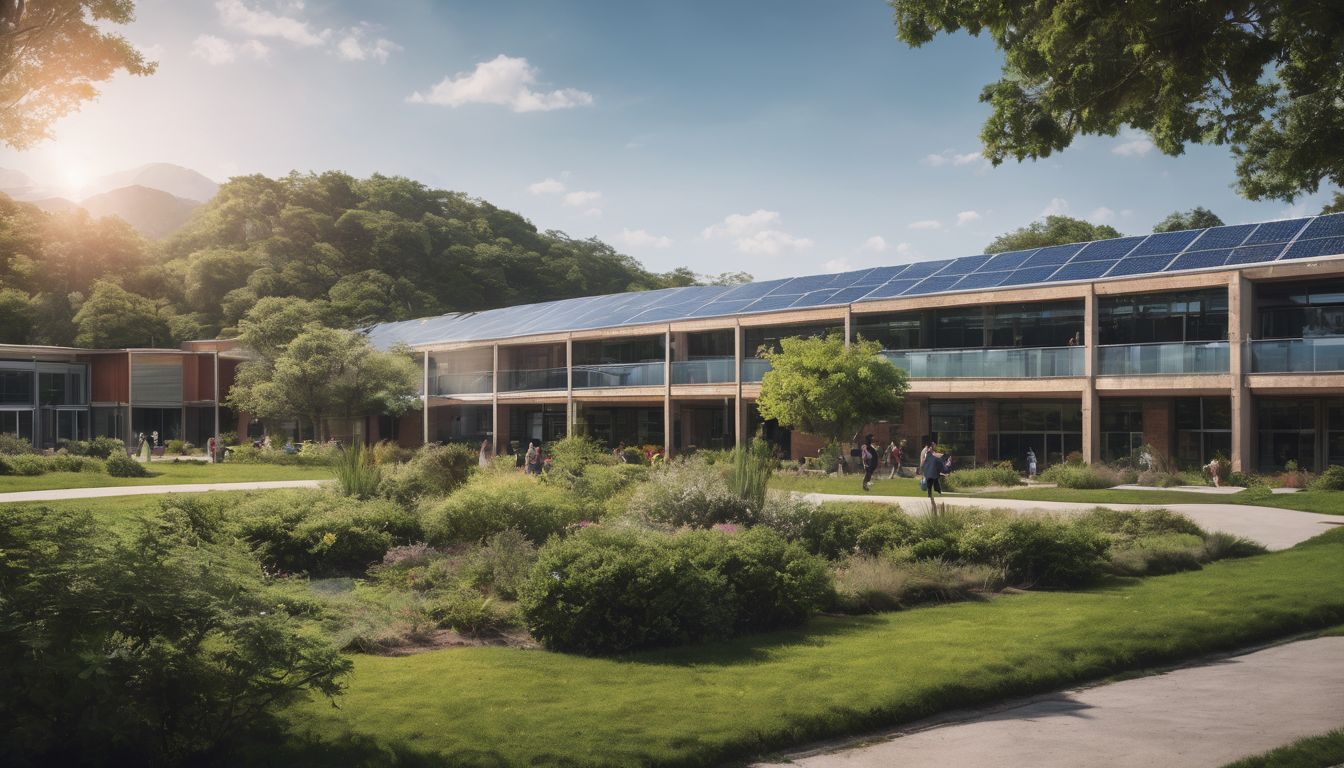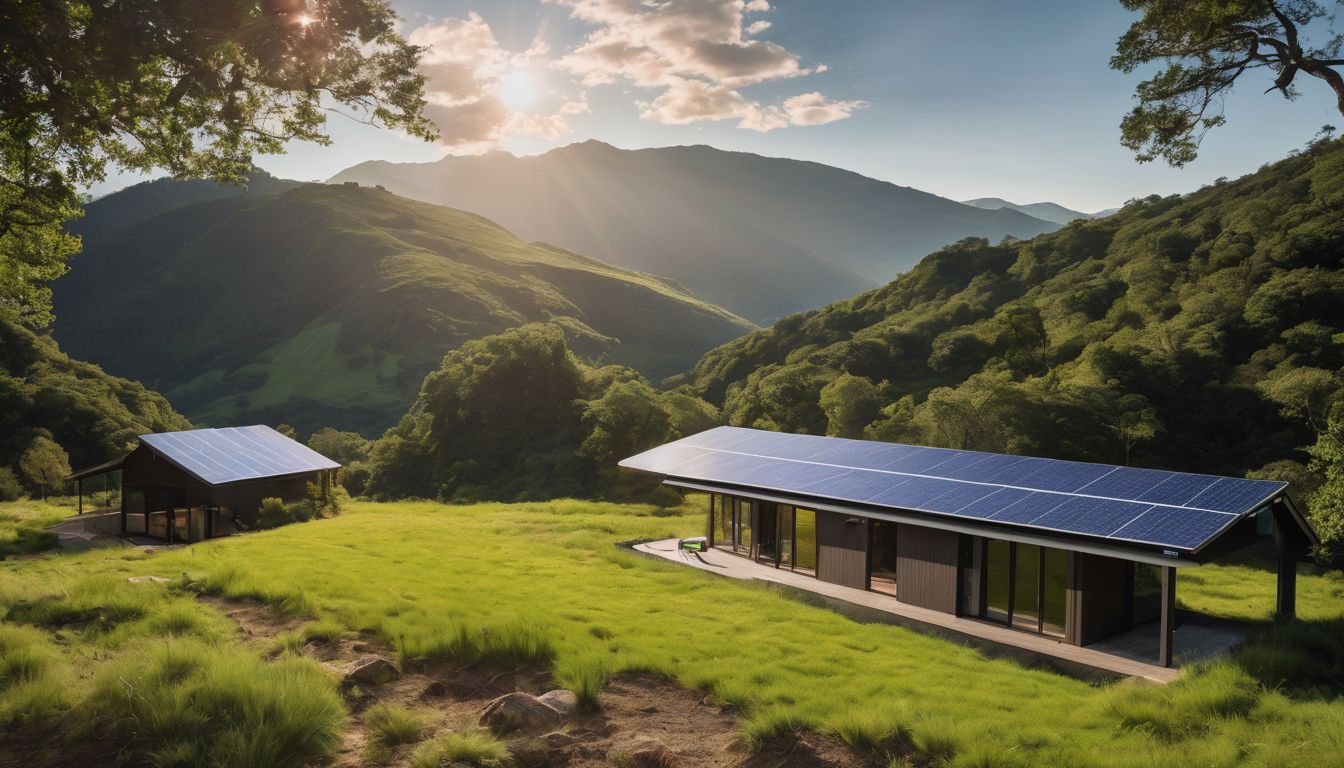In our over-scheduled lives, caffeine keeps many of us from collapsing from exhaustion. And in our over-scheduled lives, convenience is king. Cue Keurig, the coffee company that revolutionized easy-to-use, convenient coffee makers. However, one of Keurig’s most popular inventions, the K-Cup® is also one of its most controversial. Additionally, many other companies have come out with their own similar coffee pod products, giving the issue even more attention in the environmental world.
Keurig’s Story
Kitchen gadgets often end up in the back of our cabinets and closets – ice cream makers, bread makers, and Popsicle molds never seem to reappear after their first use. However, the Keurig® idea was born out of necessity. In the mid-1980s, John Sylvan was a marketing manager at a Boston semiconductor company. However, Sylvan recalls that he spent most of his time nagging his colleagues to chip in for the coffee vendor. Once the pot of coffee was made, the quality was poor and the coffee sat for hours getting stale. By the early 1990s, Sylvan had quit his job and had begun experimenting with single-serving coffee machines. However, the mechanics of the brewing machine and the K-Cup design took years to perfect.1
John Whoriskey, general manager of Keurig’s At Home Division, stated, “[w]e felt it would be more of a niche product… We never really expected it to be as widely accepted as it is today.”2 However, many employees expect quality, free coffee at their workplace. If that perk isn’t provided, many employees will go to a nearby coffee shop, which Keurig calculates can cost companies an average of 40 hours of lost productivity per worker per year.3
Despite competition from other single-serving models and Sylvan leaving the company in 1997,4 Keurig’s sales steadily rose. Green Mountain Coffee Roasters, who had supplied the coffee to Keurig since the early 1990s, bought the remaining shares of the company in 2006 for $160 million.5 This purchase surprised many consumers given that Green Mountain had prided itself on being an environmentally conscious company.6
Environmental Considerations
So what’s the problem with the K-Cup? Unfortunately, K-Cups are not recyclable or biodegradable, creating a great deal of plastic waste. Monique Oxender, Chief Sustainability Officer for Keurig Green Mountain, pointed out that all of their products since the K-Cup are recyclable, when the consumer separates the product into paper, plastic, and metal. However, even Oxender admits, “I gotta be honest with you, we’re not happy with where we are either. We have to get a solution, and we have to get it in place quickly.” Most K-Cups end up in landfills.7
Almost one in three American households now use a pod-based coffee machine. In 2014, Keurig sold nine billion K-Cups, and the trend seems to only point towards growth. Later in 2015, Keurig is partnering with Coca-Cola® to release a “Keurig Cold” machine.8 To compound the issue, the K-Cup design patents expired in 2012, which meant that other companies were suddenly allowed to market their own off-brand coffee pod versions of the K-Cup. Some of these designs are even nearly biodegradable or are reusable. However, Keurig retaliated by creating the Keurig 2.0 machine that can only use Keurig-made K-Cups.9
Keurig Green Mountain has pledged to create a fully recyclable K-Cup by 2020. However, Sylvan stated, “No matter what they say about recycling, those things will never be recyclable. The plastic is a specialized plastic made of four different layers.” In fact, the plastic the cups are made out of is plastic #7, which is currently only recyclable in a small number of cities in Canada. On inventing the K-Cup, Sylvan has even said, “I feel bad sometimes that I ever did it.” Sylvan has also stated that he has successfully tested a more environmentally friendly version of his original K-Cup idea but that Keurig Green Mountain does not seem interested in the change.10
Social media has taken a stand against the product, with the hashtag #killthekcup and a heavily shared video on YouTube becoming a viral sensation:
https://web.archive.org/web/20160404085743if_/https://www.youtube.com/embed/uRGiGbX9lIoii
Are There Any Environmental Benefits?
While K-Cups filling up landfills has large environmental ramifications, Keurig machines do curb waste in other ways. First, single-serving pod machines cut down on electricity because they are not constantly keeping a pot of coffee warm. Second, these machines use less coffee grinds and less water. On average, people throw out 12-15% of their coffee pot. With single-servings, people are also more likely to actually drink what they brew. Oxender states, “How do you get people to understand that water-smart behaviors are extremely important, especially in a culture like we have in North America, where we don’t really know how to value water?”
Hopefully consumer pressure will drive Keurig Green Mountain to make the K-Cup design biodegradable, reusable, or recyclable sooner than 2020, because right now it doesn’t seem that demand for the product is going anywhere other than up.




